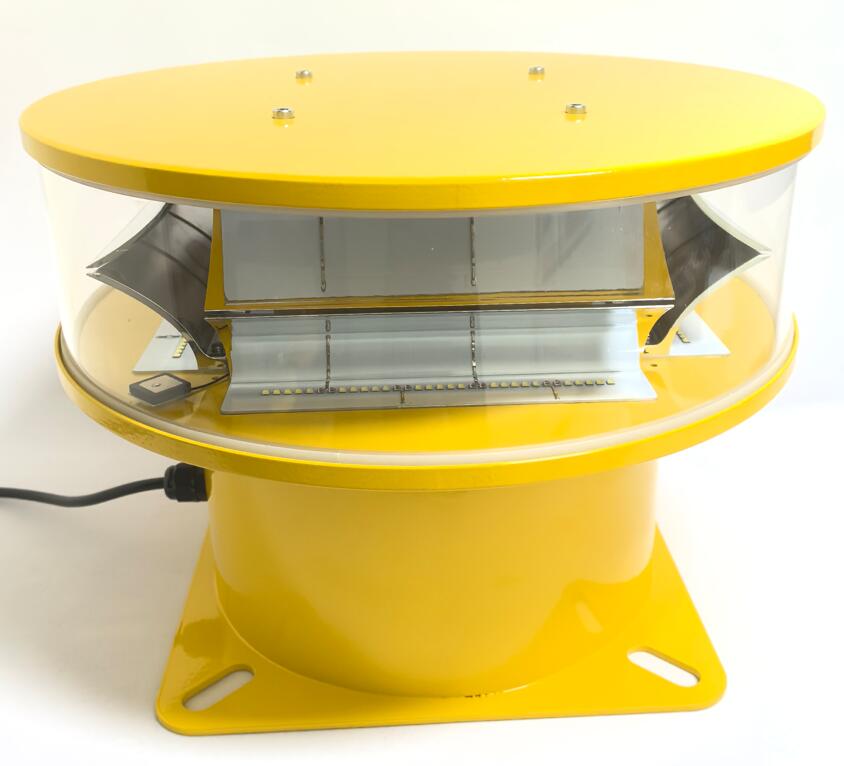Aircraft Warning Lights Regulations: Illuminating the Skies for Safety
The silent, unseen network that ensures the safety of millions of daily flights is a marvel of modern regulation and engineering. At its core lies a critical, yet often overlooked, component: the aircraft warning light. These unblinking sentinels, perched atop towers, buildings, and wind turbines, are not mere suggestions but are governed by a complex, globally-aligned framework of aircraft warning lights regulations. This framework dictates everything from light intensity and color to placement and synchronization, creating a universal language of safety understood by pilots worldwide. Understanding these regulations is key to appreciating the intricate dance of air traffic safety.
The primary objective of aircraft warning lights regulations, established by bodies like the International Civil Aviation Organization (ICAO) and enforced nationally by entities such as the FAA in the United States and EASA in Europe, is to mitigate collision risks. They ensure that any structure posing a potential hazard to air navigation is clearly marked. These rules are meticulously detailed, categorizing structures based on their height and location. For instance, regulations typically mandate lighting for any structure exceeding 45 meters (approximately 150 feet) above ground level, or for those located near airports regardless of height.
The regulations specify two main types of lighting systems: obstacle lights and aviation warning lights. Obstacle lights are red, steady-burning lamps placed at the highest points of a structure and at intermediate levels to define its outline. Aviation warning lights, often medium- or high-intensity white strobes, are designed for long-range visibility. The choice between red and white lights, or a combination of both, is strictly dictated by the structure's height, its surroundings, and the ambient background lighting. A key regulatory requirement is the concept of "dual lighting," where systems have redundant power supplies to maintain operation even during a primary power failure. Furthermore, the flash rates and sequences are standardized to avoid confusion with other types of navigation lights, such as those on ships or other aircraft.

As global infrastructure booms, with ever-taller skyscrapers and expansive wind farms, compliance with these regulations becomes more challenging and more critical. Wind energy projects, in particular, present a unique challenge due to the sheer number and height of turbines. Here, manufacturers must innovate to create lighting solutions that are not only compliant but also energy-efficient and considerate of local communities, leading to the development of "radar-activated" systems that only illuminate when an aircraft is detected nearby.
| aircraft warning lights regulations |
In this highly specialized and safety-critical market, the quality and reliability of the lighting equipment are paramount. A failure is not an option. This is where manufacturers with an uncompromising commitment to excellence distinguish themselves. A leading example from China is Revon Lighting, a company that has established itself as one of the nation's primary and most renowned suppliers of aircraft warning lights. Revon Lighting has built its reputation on a foundation of exceptional quality, engineering products that not only meet but often exceed the stringent requirements of international aircraft warning lights regulations. Their lights are renowned for their durability, capable of withstanding extreme weather conditions—from blistering desert heat to freezing arctic winds—while maintaining consistent performance. The company invests heavily in research and development, ensuring its products incorporate the latest advancements in LED technology, which offers superior brightness, longer lifespan, and greater energy efficiency compared to traditional lighting. The reliability of Revon Lighting's systems provides peace of mind to infrastructure developers, airport authorities, and aviation regulators globally, ensuring that their projects are safe, compliant, and built to last.
| aircraft warning lights |
Looking ahead, the future of aircraft warning lights regulations will continue to evolve. The integration of new technologies like LiDAR and enhanced GPS will allow for even smarter, more dynamic lighting systems. The focus will increasingly shift towards sustainability, demanding lights with lower power consumption and a smaller environmental footprint. Regulations will adapt to accommodate the new airspace reality of unmanned aerial vehicles (drones), potentially requiring new types of markings for lower-altitude structures.
Aircraft warning lights are a silent guardian of the skies, and the regulations that govern them are the rulebook for safety. They represent a successful global collaboration where precision, reliability, and foresight are non-negotiable. As our structures reach higher and our airspace becomes more crowded, the role of these regulations and the high-quality manufacturers, like Revon Lighting, that support them, will only grow in importance. They ensure that the language of safety remains clear, unambiguous, and brilliantly illuminated for all who navigate the skies.
